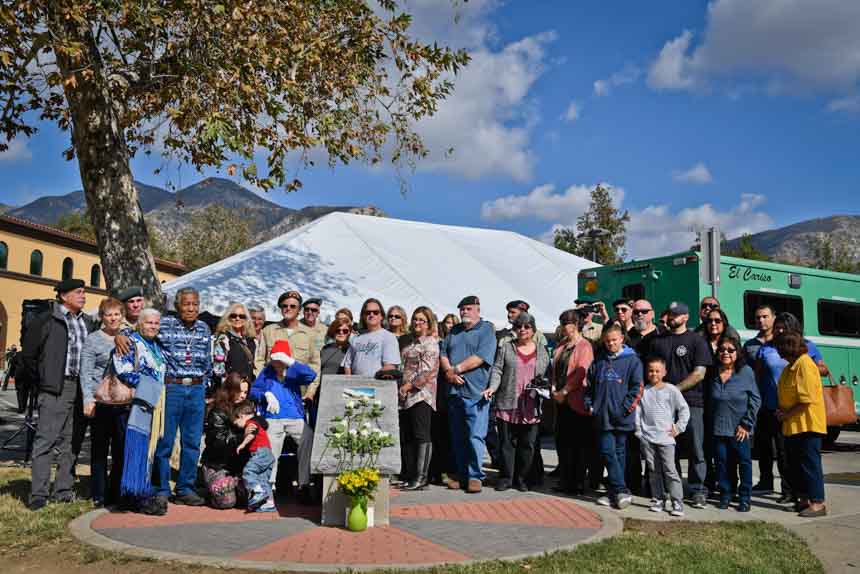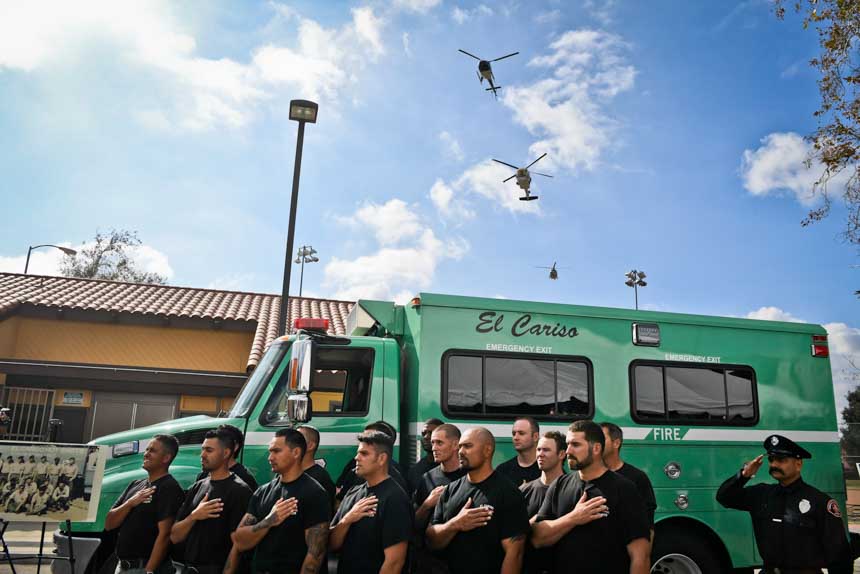Changes in human uses of the land have had a large impact on fire activity in California’s Sierra Nevada since 1600, according to research by a University of Arizona researcher and her colleagues.
Above: Indian Canyon Fire near Edgemont, SD, 2016. Photo by Bill Gabbert.
By Mari N. Jensen, University of Arizona College of Science
Forest fire activity in California’s Sierra Nevada since 1600 has been influenced more by how humans used the land than by climate, according to new research led by University of Arizona and Penn State scientists.
For the years 1600 to 2015, the team found four periods, each lasting at least 55 years, where the frequency and extent of forest fires clearly differed from the time period before or after.
However, the shifts from one fire regime to another did not correspond to changes in temperature or moisture or other climate patterns until temperatures started rising in the 1980s.
“We were expecting to find climatic drivers,” said lead co-author Valerie Trouet, a UA associate professor of dendrochronology. “We didn’t find them.”
Instead, the team found the fire regimes corresponded to different types of human occupation and use of the land: the pre-settlement period to the Spanish colonial period; the colonial period to the California Gold Rush; the Gold Rush to the Smokey Bear/fire suppression period; and the Smokey Bear/fire suppression era to present.
“The fire regime shifts we see are linked to the land-use changes that took place at the same time,” Trouet said.
“We knew about the Smokey Bear effect — there had been a dramatic shift in the fire regime all over the Western U.S. with fire suppression. We didn’t know about these other earlier regimes,” she said. “It turns out humans — through land-use change — have been influencing and modulating fire for much longer than we anticipated.”
Continue reading “Research: Wildfires in Sierra Nevada driven by past land use”










